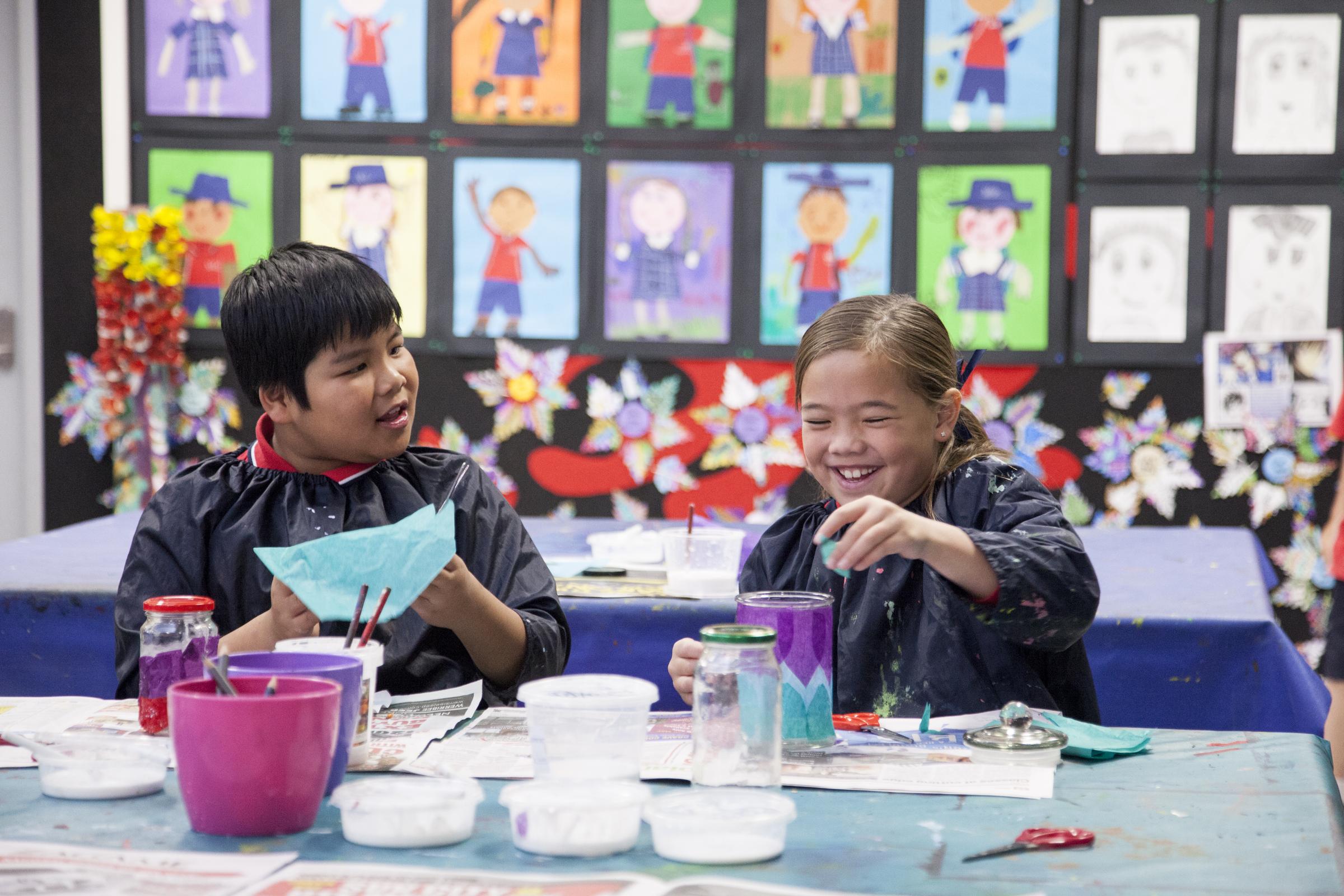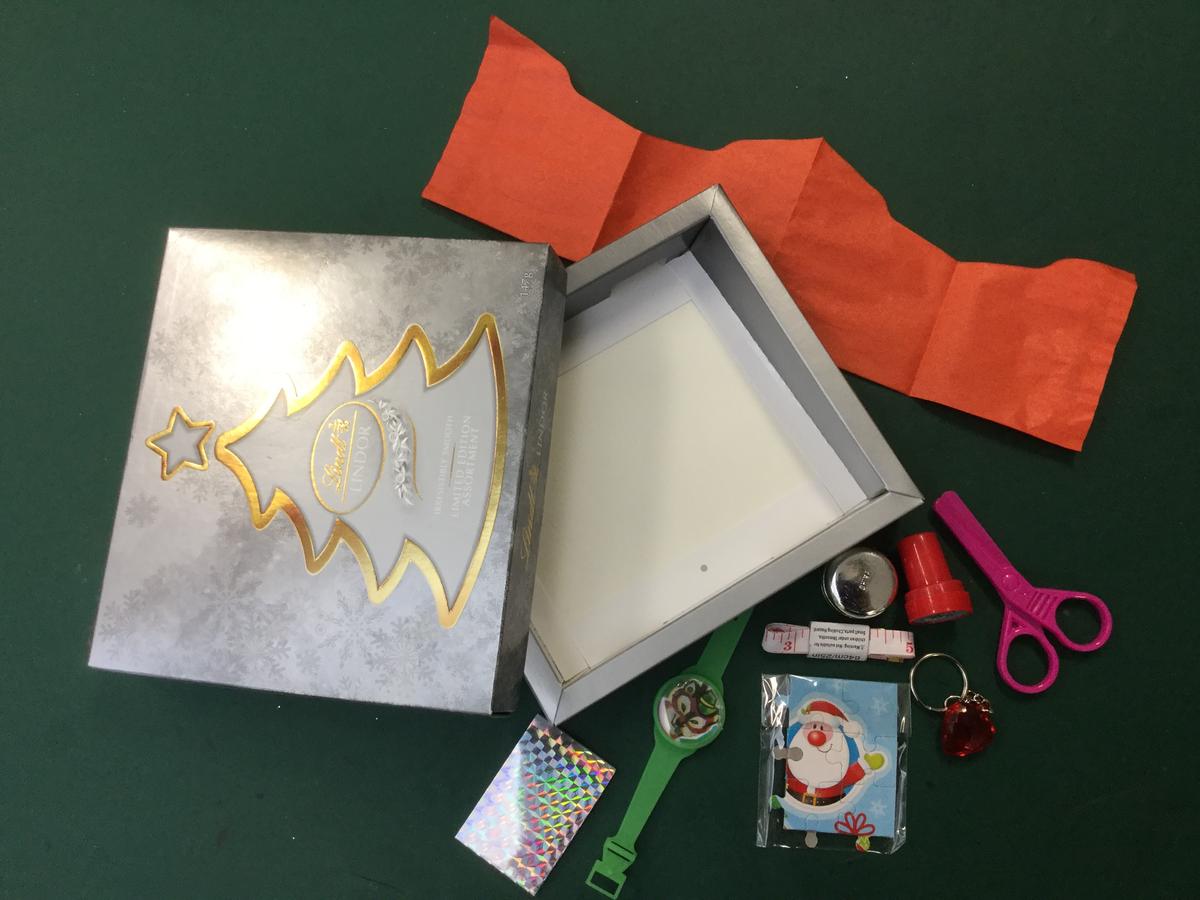Visual Arts

Denise Stach & Kerry Eeckman
Visual Arts Teachers
Dear Parents, could you please save these items for the Art Room:
1. 1 litre cardboard milk cartons (washed)
2. Clear plastic take-away containers: round or rectangular
3. Dacron/Stuffing
4. Pistachio nuts
5. Wool
6. Envelopes (ones that get sent to you with mail, doesn't matter if it has printing on it)
7. Unwanted jigsaw puzzles (especially ones with missing pieces)
8. Boxes that flowers are sent in as a gift
9. Spice jars
10. Stamps
11. Paper clips
12. Chocolate boxes (they make good frames)
13. Metal coffee lids
14. Moconna jar lids
Thanking you, Kerry Eeckman and Denise Stach
The Importance of Visual Arts
Visual arts are an important part of brain based education. They can enhance cognition, emotional expression, perception, cultural awareness and aesthetics.
Howard Gardner states visual arts need strong spatial senses and is a high form of intelligence. Doing art is a way of thinking and demonstrates the product of thinking. Drawing allows our fertile imagination to create meaning.
Studies in Visual arts has been shown on many occasions to improve reading and maths scores.
Students in secondary school classes have found drawing compliments the writing and thinking process by enabling them to clarify their ideas, which leads to improved comprehension.
.
Practical Ideas for The Classroom and at home
- Allow students to doodle, illustrate or mindmap
- Use colours and draw symbols to recall easily
- Encourage students to colour code work and ideas
- Ask students to visually represent an event, how they feel about themselves or a self review.
- View examples of art you enjoy and share it with your students
- Make comments about the sheer beauty and joy of visual displays, pictures and other work.
- As early as possible involve students with visual tools.
- Give students ways to use visual tools creatively
- Give students choice in using visual tools. One day they might use a mindmap and the next a flow chart.
- Give students a chance to create their own future. Allow them to create a blue print of their life
- Study the art from different cultures
- Set goals and cut out pictures from magazines to make a poster of these goals
- Ask students to demonstrate what they have learned in many different ways; graphic organisers, pictures, and murals.
Eric Jensen maintains that visual arts represent a way of thinking and expressing oneself. He continues to say, without this, students are forced to think the way teachers want them to think, reducing creativity and expression. Unless students have access to stimulating arts activities, they're cut off from many ways to perceive the world.
References
Eric Jensen, David Hyerle, Karen Boyes, Howard Gardner



